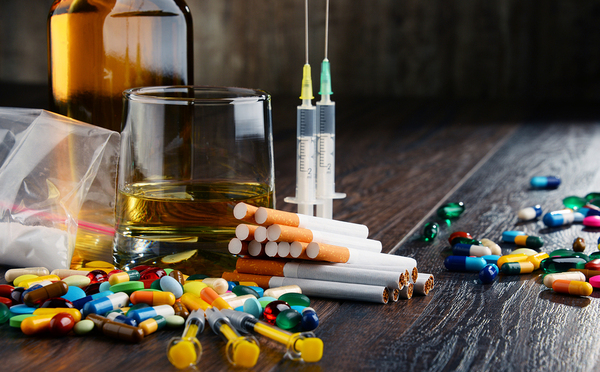
A beautiful city with a not-so-beautiful drug problem.
Drug abuse is a global epidemic. However, it’s also a catastrophic problem at the local level, from which no city or town is immune. The St. Louis area is far from the exception. Here’s a closer look at five eye-opening facts and figures about the dire problem with St. Louis drug addiction.
1. Heroin-related deaths are rising.
According to data from the Saint Louis County Department of Public Health, drug overdoses are the leading cause of injury-related deaths in the U.S. One drug coming on particularly strong in the opioid analgesics category is heroin, with the Midwest claiming the greatest increase in the rate of deaths.
St. Louis, in particular, has been dubbed “ground zero” for the heroin epidemic. And with good reason: Drug-poisoning deaths involving heroin are occurring at a rate of 88 per 100,000 residents in St. Louis—exceeding the national average more than 3.7 times over.
Men between the ages of 25 and 44 living in areas of high poverty, meanwhile, are more than twice as likely as any other demographic group to die from a heroin overdose.
2. Methamphetamine use is also increasing.
While heroin and prescription opioid/opiate use often claim the spotlight in conversations about drug use and St. Louis, there’s also a serious methamphetamine presence in St. Louis and its surrounding areas, according to the National Institute on Drug Abuse (NIDA).
3. Alcohol is often part of the St. Louis drug addiction picture.
According to NIDA’s findings, “alcohol remain[s] one of the most frequent primary drug problems for clients entering publicly funded treatment programs in Missouri.”
Not only that, but alcohol is also “frequently indicated as a secondary drug of abuse.”
4. Cocaine and marijuana are both readily available.
As with methamphetamine use, the problem with cocaine addiction in St. Louis is often overshadowed by the heroin and prescription opioid/opiate epidemic; however, NIDA data reveals that cocaine is readily available, according to law enforcement officials. Cocaine also remains the city’s third most frequently identified drug among drug reports from drugs seized and analyzed by National Forensic Laboratory Information System (NFLIS) laboratories.
Despite its steady presence, the number of primary cocaine treatment admissions steadily decreased over the five-year period between 2008 and 2013. The troubling implication is that many substance abusers may not be getting the care they need.
Similarly, while marijuana is the most frequently identified substance seized and analyzed by St. Louis-area law enforcement officers, admissions for treatment have also been on the downswing, a fact that NIDA suggests “may be an artifact of the capped number of available slots.”

While heroin claims the spotlight, St. Louis is also plagued by addictions to alcohol and many other types of drugs.
5. Treatment centers are seeing an influx of patients.
According to NIDA, “heroin and prescription opioids as primary drug problems have overwhelmed both state and private treatment resources.”
This doesn’t mean substance abusers are without options, however. The reality is that finding a treatment center that meets an addict’s unique needs can mean the difference between a deeper spiral into addiction or recovery.
NIDA’s overall conclusion is troubling:
“Indicators for many substances, including heroin, marijuana, and cocaine, appeared to be stable. However, the increase in a number of opiate indicators remained cause for concern and continued monitoring. A synthesis of all data sources leads the area representative to the conclusion that drug problems with prescription opioids/opiates other than heroin were on the rise in multiple cohorts, and prescription opioids/opiates other than heroin were at a high level of availability, which makes prevention and intervention more complex. The heroin market has become more diverse, and potent drugs have become more available to a wider range of users, including those living in rural areas where there are fewer resources to intervene. Methamphetamine use appears to be well-established in the area based on a review of indicators.”
The takeaway for addicts in St. Louis as well as the people who love them? Given the preponderance of drugs and drug addiction throughout the region, access to addiction rehab may be a critical component in supporting addiction recovery.
We’re Here to Help
Enter Harris House, a top-rated non-profit treatment center in South St. Louis that helps more than 800 alcoholic and chemically dependent people achieve sobriety and become useful, healthy, and productive individuals every year. Call us today to learn about admissions.







